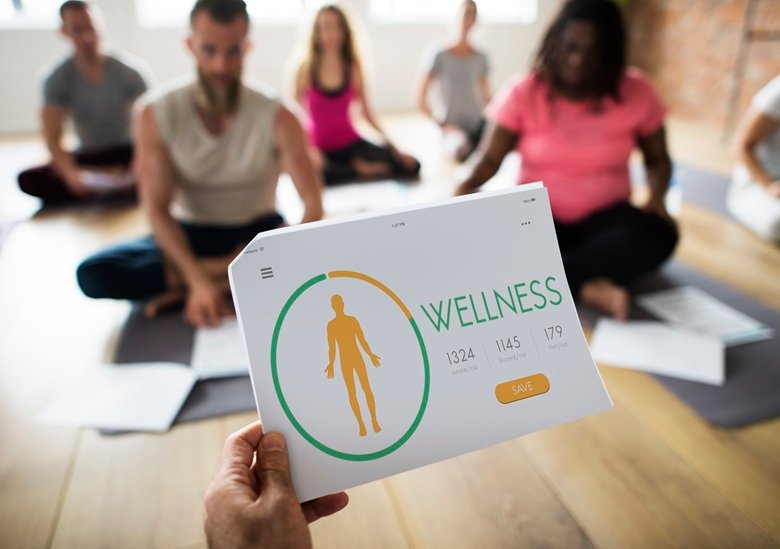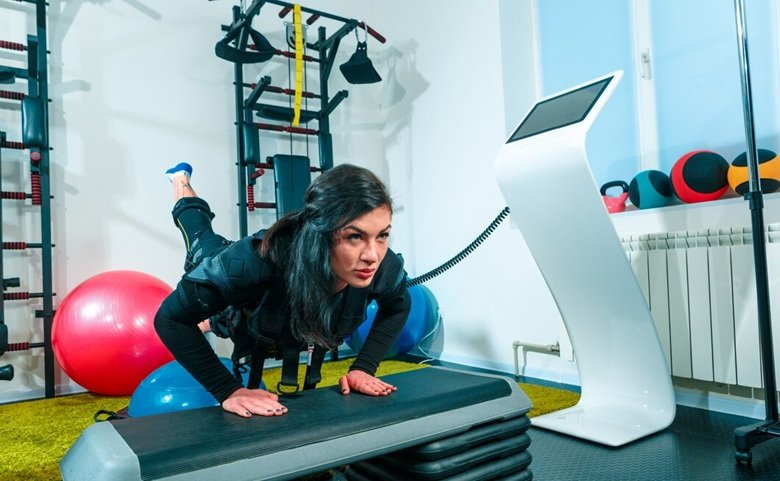
Are Exercises Good For A Person With Kidney Stone?
Kidney stones are hard deposits of minerals and acid salts that stick together in concentrated urine. drinking too little water, exercising (too much or too little), obesity, weight loss surgery, or eating food with too much salt or sugar are the major causes of kidney stones. This condition may cause the stones to block the ureter, urethra, and even the kidneys. it may be very tragic and harrowing. The other important problems are also related to the formation of kidney stones which include the burning sensation while urinating, frequent desire to urinate, dark-colored urine, etc.
Symptoms of kidney stones:
1 Sharp, sharp pain in the side and back, below the ribs
2 Pain in the lower abdomen and groin
3 Pain that comes in waves and varies in intensity
4 Sensation of pain or burning while urinating
5 Unusual coloured and smelling urine
6 Frequent need to urinate, urinating more often than usual or urinating less amount.
7 Fever and chills when infected.
8 Frequent UTIs
The moment you notice any of these symptoms, you should immediately go to a doctor instead of self-diagnosing. Kidney stones may occur at any age and early diagnosis, treatment, and surgery if it is necessary should be performed in time. With your weight under control and you being physically fit, you will help yourself in reducing the risk factors for kidney stones. Exercise as well as the other measures can be useful.
Is exercise good for kidney stones?
Exercise is a fundamental element of the body’s healthy system. Regular exercising ensures that all the body organs are well and actively functioning. As an illustration, the risk of kidney stones can be minimized through exercise. Recognize the fact that the exercises need to be done right, otherwise, they can be harmful.
What is the efficiency of exercising for kidney stones?
Exercise is a great choice for overall body fitness. The daily workout helps to maintain good weight, cholesterol, and blood pressure. The study of 85,000 women showed that exercise could reduce the chances of kidney stones to a great extent. Women who routinely exercised had a 31 percent risk reduction of kidney stones compared to the study findings.
Efficient Exercises and yoga for kidney stones patients
Padahasthasana
For this exercise, The floor will be our working space and we need to stand with our feet apart and parallel to each other. Now, stand with your feet together inhale deeply and then place your hands in front of you. Make them go straight over the head and you will know that your entire body is stretching out. Breathe out as you bend forward and gradually touch the floor with your fingers or palms. Hold this position for a few minutes and get back to your original body posture. This yoga also works as a massage for the digestive system.
Uttanapadasana
First, the raised leg exercise should be started by lying down on your back, with arms relaxed on each side, and your legs straight and joined together. Release the breath and, with legs straight, raise both the legs from the ground, toes pointing outwards. Take a position where your feet are facing away from the floor and try to keep this position as long as you can breathe normally. Inhale and bring your legs down slowly. It not only tones your lower back, leg, abdomen, and pelvis muscles but also makes them stronger.
Pawanmukta Asana
This is the simplest exercise at home, which is helpful for temporary relief from kidney stones. Now lie down on your back and pull both your knees close to your chest while inhaling. Try to place your nose near your knees and hold the pose. Now take a few long breaths, and exhale afterwards. Repeat this thrice. It might help you recover your digestion system, alleviate your gastric problem and notably minimize the effect of constipation.
Mandukasana
To be in Vajrasana pose. And now put your fists on your abdomen, both hands, on the sides of your navel. Breathe out and lower down slowly while squeezing your fists. Keep your back straight and look towards the front as you are going forward. See how long you can hold your breath by doing this pose. Inhale and relax. This yogic style helps people who have kidney stones.
Baddha Konasana
Also known as Cobbler Pose, in which you sit with folded legs and knees relaxed out. Inhale, and bend your knees. Separate your heels from your pelvis and press your feet soles together. Both your knees and arms should be on the ground and your shoulders and arms should be loose. Stand up straight, you can even move your knees the way butterflies do. Hold this pose at least for 2 minutes and repeat it regularly to get the best results.
Conclusion:
These exercises, when practiced regularly, help those suffering from kidney stones. Before that, you should take advice from your trainer and act accordingly. These bring about the elimination of congestion, detoxify the body, and relieve pain associated with kidney stones. The removal of kidney stones is based on their size and position. Those that are detected early may be removed naturally, but in other cases, surgery may be required to remove the stones.





